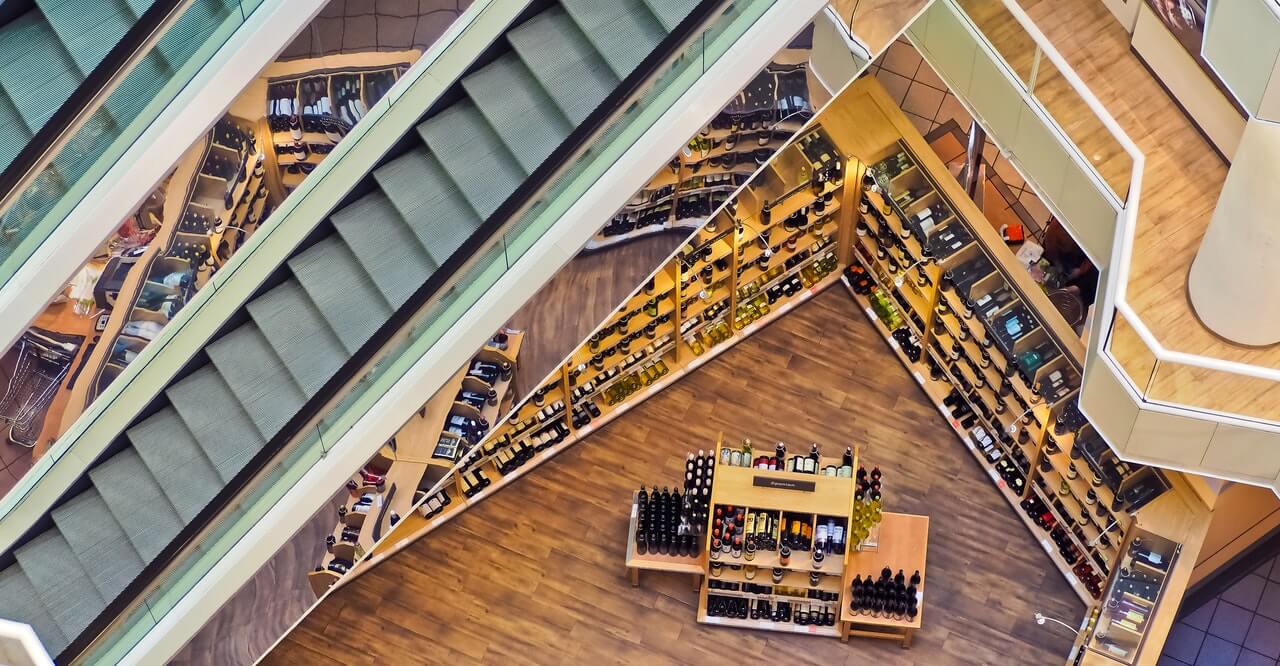According to a study carried out by AIB International, 61% of businesses in the F&B industry were not sufficiently prepared for the impact of the COVID-19 pandemic.
Even though most of them had business continuity plans (BCPs) in place prior to the pandemic, they were inadequate for addressing the deleterious effects that the pandemic had on the profitability of their businesses.
Because of these, executives of F&B businesses like yourself have gone to great lengths to adapt their business model, so as to survive in the face of COVID-19 as well as any other pandemics that might arise in the future to threaten the industry as a whole.
We’ve trawled through the Internet to find several of the most common trends in the F&B industry that resulted from the COVID-19 pandemic, and collated some quotes from F&B industry experts on these trends
We’ve also found some examples of owners of F&B businesses like yours who have taken advantage of these trends, and thus helped steer their businesses through the challenges posed by the COVID-19 pandemic.
1. The Rise Of Food Delivery
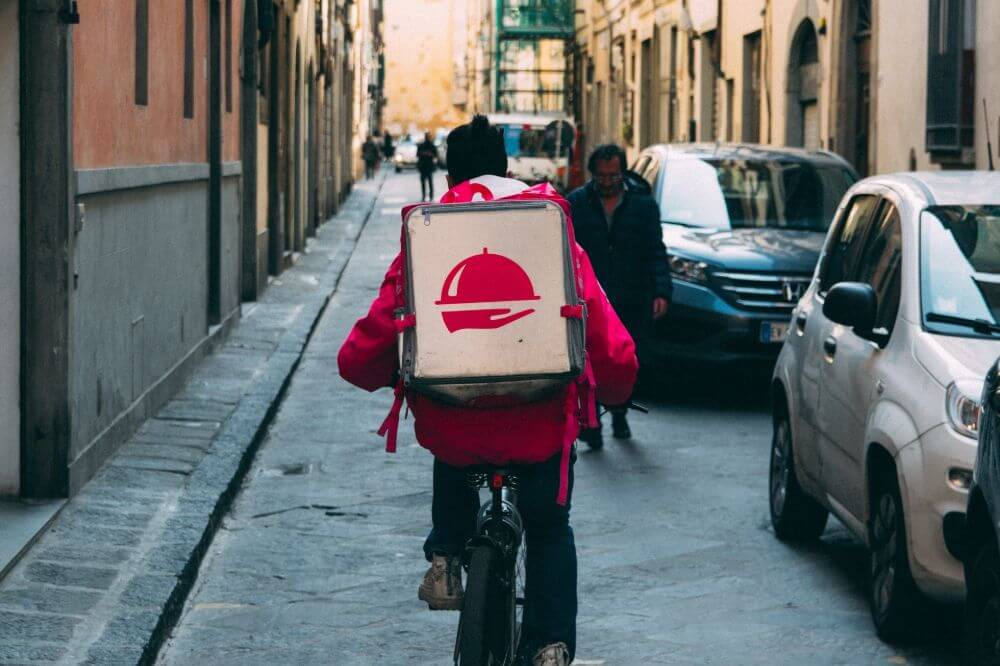
When talking about trends that have emerged in the F&B industry as a result of COVID-19, the increase in the popularity of food delivery is probably the first thing that comes to mind.
According to Sherri Kimes, Visiting Professor of Analytics & Operations, NUS Business School;
Even before the Circuit Breaker, online sales had shown year-on-year (YoY) growth of 40%-45%. During the Circuit Breaker, the growth more than doubled and grew by around 50% in August-November 2020. – Sherri Kimes
But as noted by Jay Teo, the International Director of iCHEF Singapore;
However, as food delivery services often take a large cut of revenue through commission, many businesses may come to view food delivery as a necessary evil, in a world where one has to either embrace these additional costs or risk losing large amounts of business, SMEs simply have no choice but to go along with this trend. – Jay Teo
Therefore, while food delivery is the most obvious option for F&B businesses like yours to gain some revenue during times of crisis like the COVID-19 pandemic – when customer footfall is at an all-time low – the commission fees they charge could eat into your already-slim profit margins.
According to Kimes;
Restaurant operators have several options to address this issue: (1) increase prices for delivery items, (2) charge a delivery fee, (3) reduce their cost or (4) take control over their own distribution. – Sherri Kimes
The last option was one taken by Muhammad Husain Mansoor, the Chief Executive of Al-Azhar Group. According to him;
Previously, our customers could only phone in their orders or come to our outlets for takeaway. There were a lot of manual operations involved.
But everything will soon be automatic. Customers can browse an online menu, pick their selections and make payment online.
Customers who know some of my staff as waiters may soon see them riding bikes or driving vans and delivering food to their doorstep. - Muhammad Husain Mansoor
From this example, we can see that keeping food delivery in-house can be a viable option for your F&B business, especially if you’d like to preserve your profit margin.
2. Increased Focus On Meeting Hygiene Standards
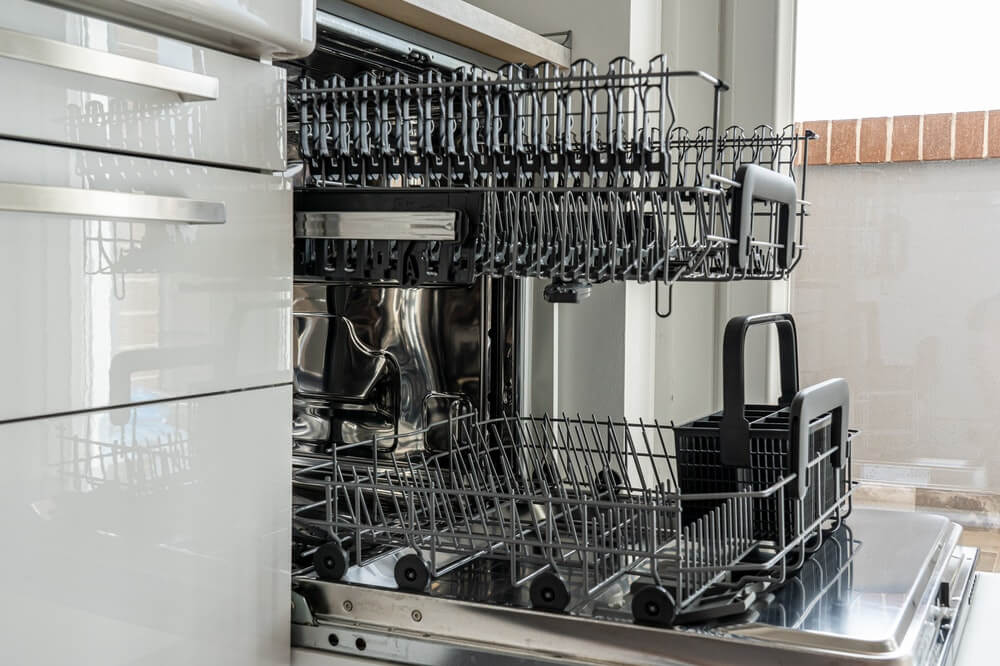
Part of the impact of the COVID-19 pandemic on the F&B industry, is an increased focus on the importance of maintaining high hygiene standards throughout the business.
According to Maeve Webster, the President of Menu Matters;
Safety and sanitation are going to be significantly more important going forward… (this could include) tamper-proof packaging, antimicrobial materials, and obvious and frequent store/venue cleaning. – Maeve Webster
Because of this, F&B businesses like yours have gone to great lengths to ensure that their premises were able to meet new, much stricter hygiene standards.
For example, according to Barthélémy de Callatay, the Chief Development, Design & Legal Officer of restaurant chain Exki;
When COVID-19 first arrived and we thought it would be a matter of weeks, we allowed the stores to execute the changes. But as it became clear that this would last months or even years, we centralised our response and started to make equipment available, including high-grade sanitizer, to professionalise our approach. - Barthélémy de Callatay
And for Mathieu Herrero, the Concepts & Standards Director of Areas, ensuring that his establishment was able to operate in the new normal was an involved task;
In June 2020, Areas started progressively reopening the point of sales to a new normal, implementing measures to ensure health and safety across the customer journey, including the highest standards of hygiene, social distancing measures and a contactless experience with the use of technology to minimise touchpoints and increase speed of service,” – Mathieu Herrero
As the owner of an F&B business, you’re most likely aware of the new hygiene standards that your business will now have to observe. Keeping to these standards will stand your business in good stead, and put it in a better position to weather future pandemics if and when they occur.
3. Growing Rates Of Digitalisation
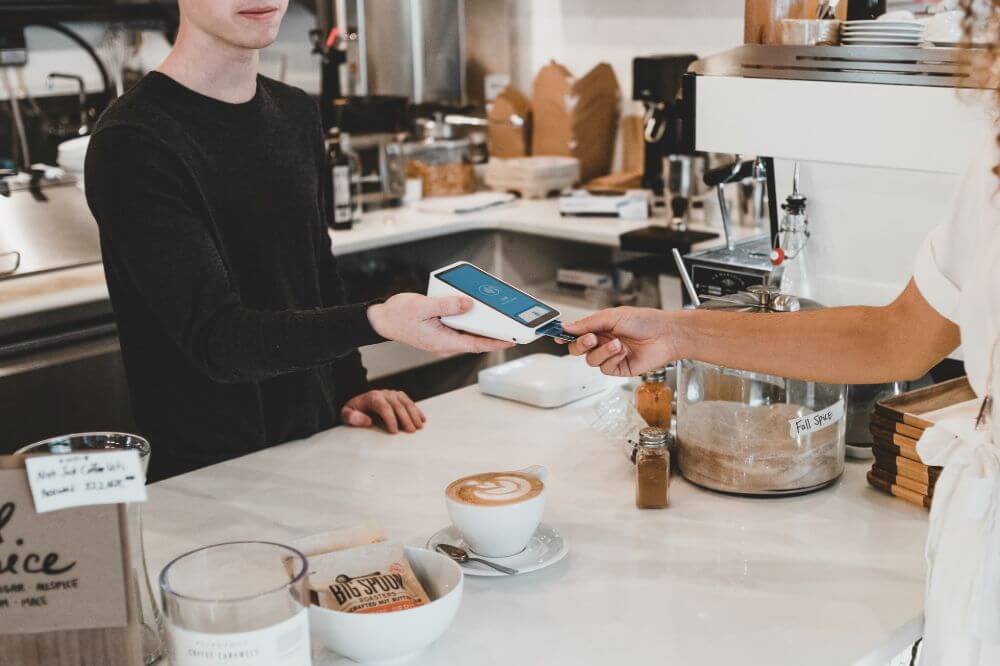
Last but not lease, businesses in the F&B industry like yours have increasingly turned to digitalising their operations, to overcome the challenges imposed upon them by the COVID-19 pandemic.
According to Sherri Kimes;
COVID-19 has accelerated the adoption and acceptance of technology in many industries including the F&B industry.
Whether it be the digitalisation of hawker centres, improved kitchen technology, QR code menus or delivery enhancements, both the restaurateurs and their consumers have begun to embrace restaurant technology. – Sherri Kimes
This was a viewpoint shared by Jay Teo, who said that;
For many years, countless analysts have determined the importance of digitalisation and investments in technology as the future of business, yet COVID-19 proved to be the catalyst in showing companies that digitalisation, innovation and technology are absolutely necessary for survival, particularly in the F&B industry. – Jay Teo
In addition, Jay felt that;
One key factor in this acceleration towards digital solutions was the government’s involvement, manifested through subsidies and grants such as the Digital Resilience Bonus and the Productivity Solutions Grant (PSG), with the former offering $10,000 in payouts and the latter supporting up to 80% of funding for IT solutions for businesses, playing a key role in driving digitalisation among F&B SMEs to uplift digital capabilities and drive business growth. – Jay Teo
For example, one way that F&B businesses like yours can digitalise your operations to overcome the impact of the COVID-19 pandemic, is by setting up an e-Commerce store through which your business can take online orders.
This was done by Janice Wong, the owner of 2am:desserbar and 2am:lab. She recently launched the Bake at Home online store, because;
In this time of crisis, we had to pivot our focus and message to our customers. Instead of selling, we are focused on giving. We encourage customers to stay at home, be safe and instead we will bring the Janice Wong experience to you at your home.” – Janice Wong
With the launch of Bake at Home, Janice projects an increase of at least 30% in online sales through this new enterprise.
This is but just one of many ways implementing technology to digitalise the operations of your F&B business can not only help you mitigate the impact of COVID-19, but also set it up to survive and thrive in the new normal.
How Can ERP Software Help F&B Businesses Adapt To The New Normal?
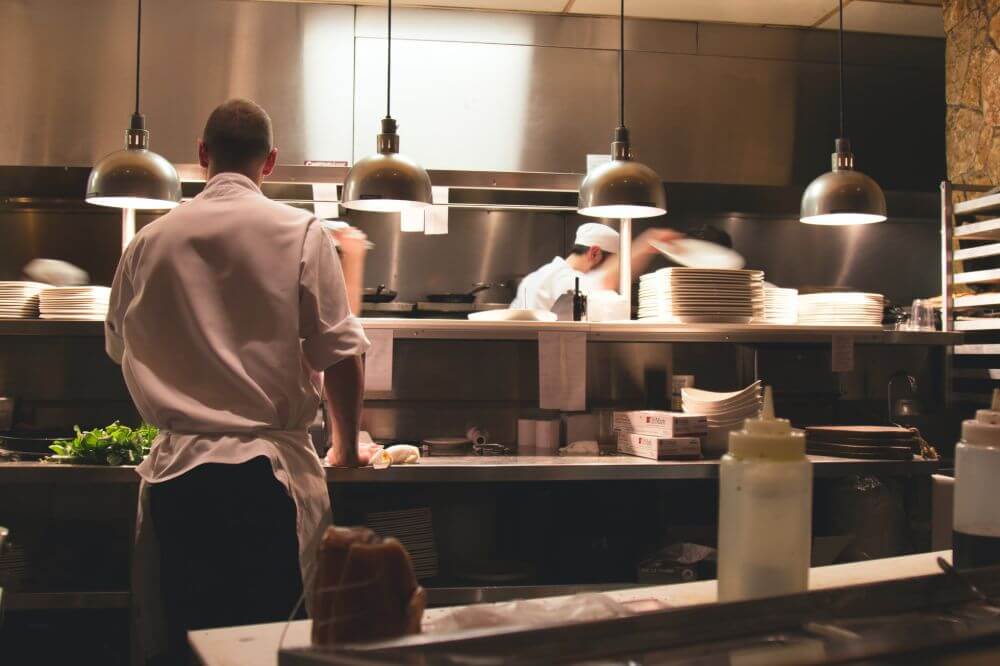
Even before the COVID-19 pandemic, F&B businesses like yours have been turning to ERP software to streamline the management of their business processes, and integrating disparate systems to generate the insights they need to run their operations more efficiently.
With an ERP software, your F&B business can get the insights it needs to provide quality customer service, especially when integrated with an e-Commerce solution that provides the customer data you need to generate useful insights.
The data analytics that an ERP software provides also helps your F&B business develop new marketing strategies that can more effectively reach out to your customers, and persuade them to purchase your food products through a food delivery app of your choice.
And it can help you achieve greater cost savings, which helps preserve the profit margin of your F&B business especially in the tumultuous times of the COVID-19 pandemic.
To learn more about how an ERP software like SAP Business One can help your F&B business overcome any business challenges and achieve its goals, click on the image below to download our free white paper.




